
Part 2: How researchers use the Morris water maze to find treatments for AD
In this second part of a two-part mini series, we highlight two more studies on potential Alzheimer’s disease treatments that are investigated using a Morris water maze.
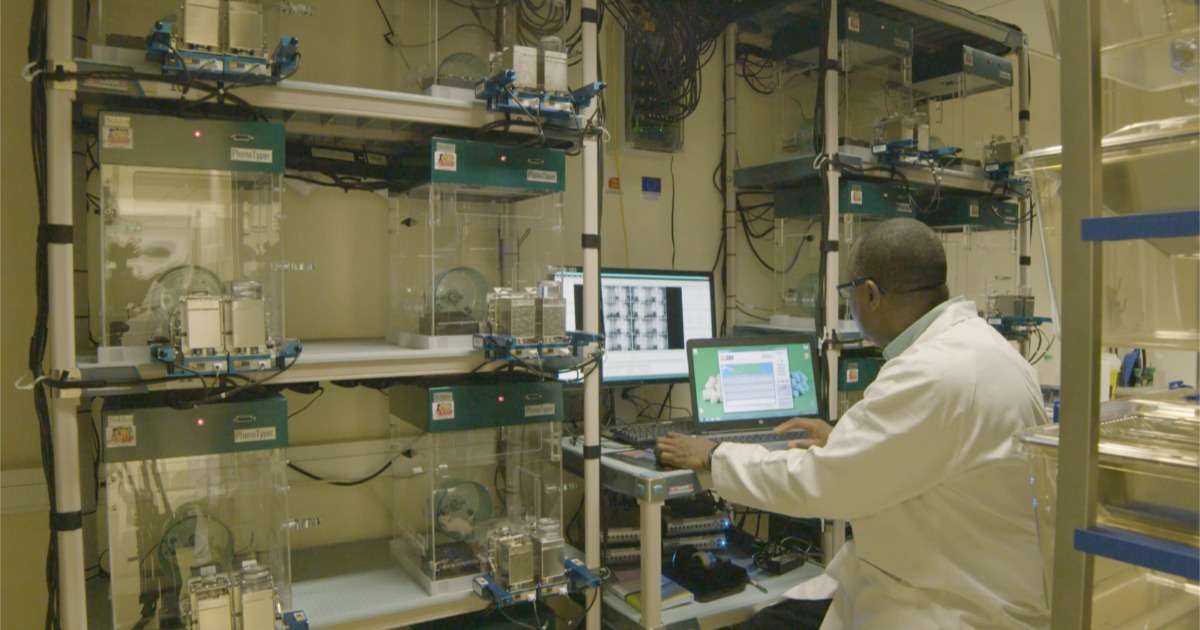
Should you buy EthoVision XT? Reviews from our customers
Are you wondering if EthoVision XT might be the right tool for your study? In this blog we sum up some of our favorite and honest customer reviews about EthoVision XT.
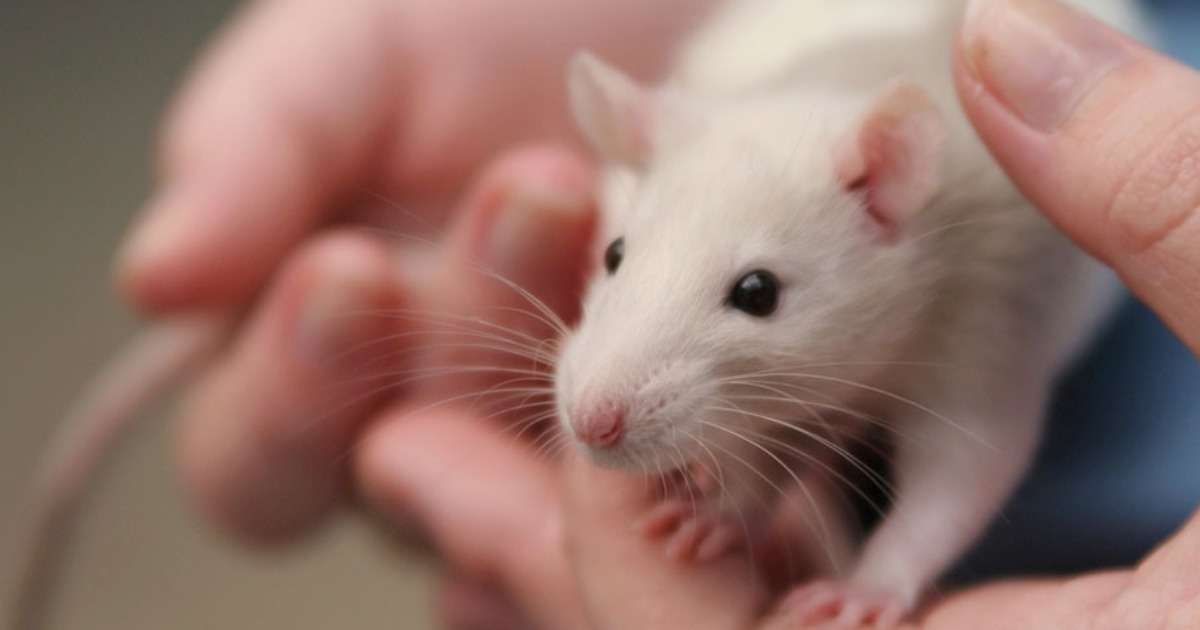
How researchers use the Morris water maze to find treatments for Alzheimer's
In this first part of a two-part mini series, we highlight how potential Alzheimer’s disease treatments are being investigated using a Morris water maze.
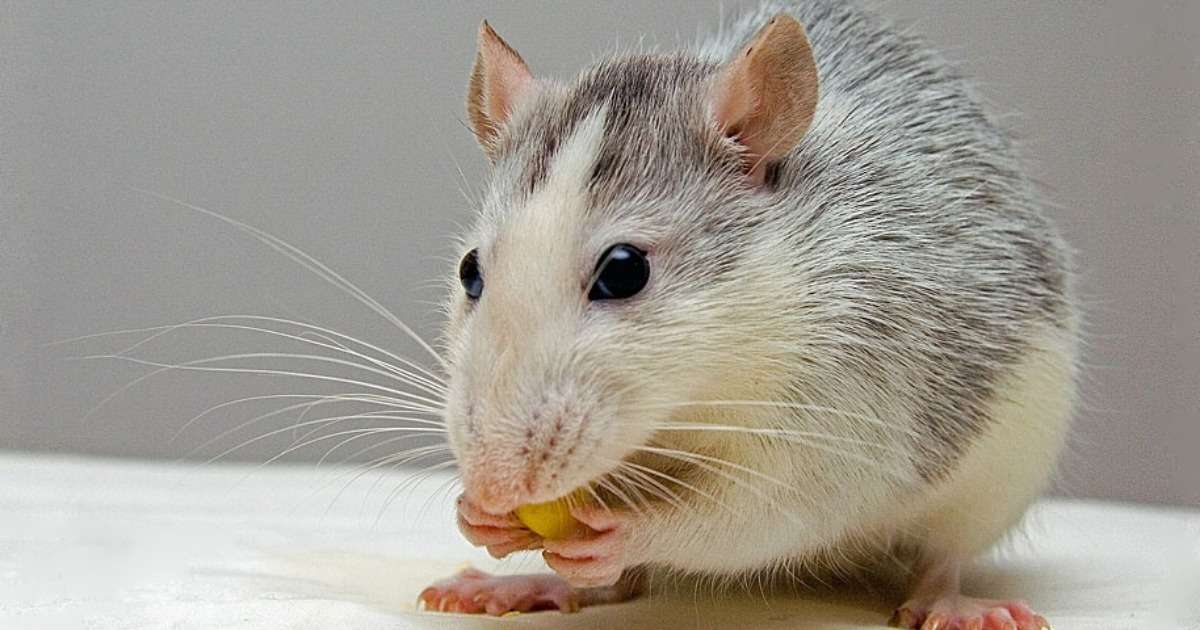
WHY use a Y-maze? Automating learning and memory tests in rodents
Y-maze testing is exactly what you would think: a maze with three arms that maze rodents have to navigate on their way to food, shelter, or another reward. It is often used to test spatial learning, but why?

Radial Arm Maze: The Basics
The radial arm maze is an apparatus consisting of a circular center compartment from which 8 equally spaced «arms» extend. Researchers use it to measure two forms of memory known as “reference memory” and “working memory.”
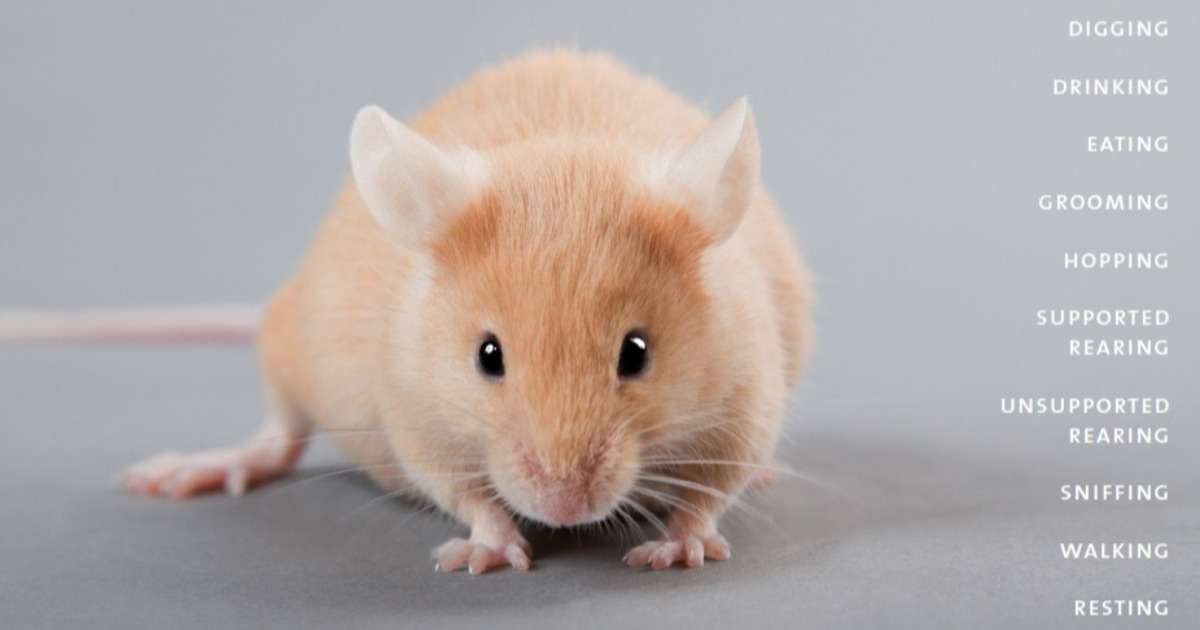
5 EthoVision XT webinars for you to watch
In this blog you’ll find five webinars on EthoVision XT from five different angles. Each webinar will get you more in depth on how to use EthoVision XT in your own study or research.
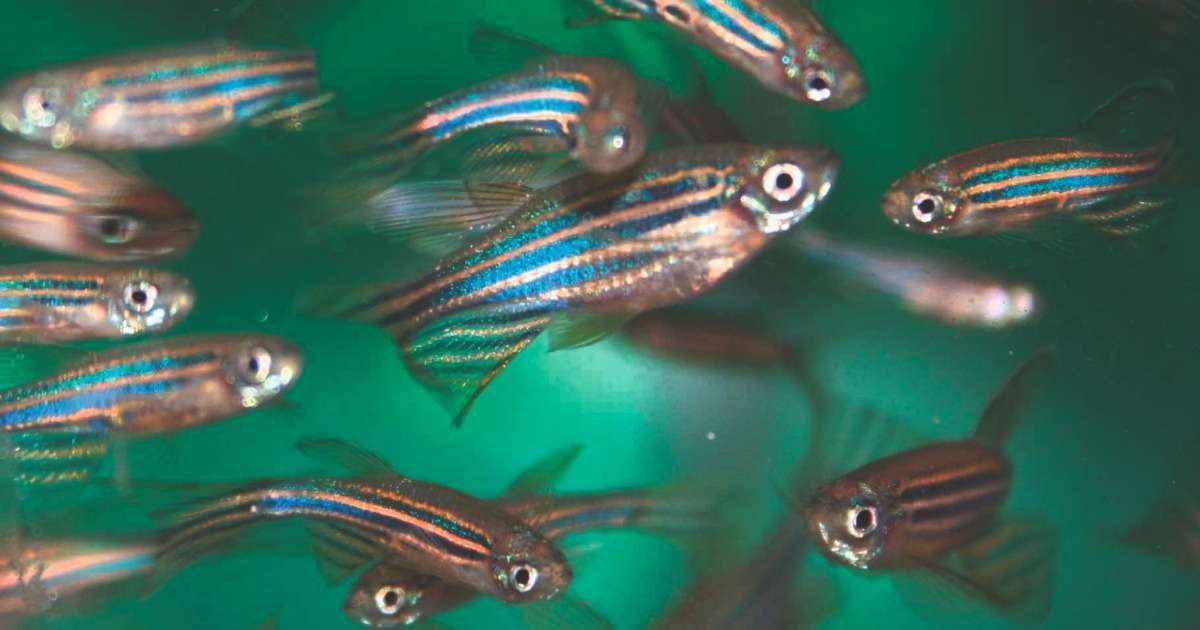
Studying zebrafish behavior using video tracking software
When it comes to studying zebrafish behavior, video tracking software is the ideal tool. Here we highlight five recent posts about studies on zebrafish behavior where researchers applied video tracking software.
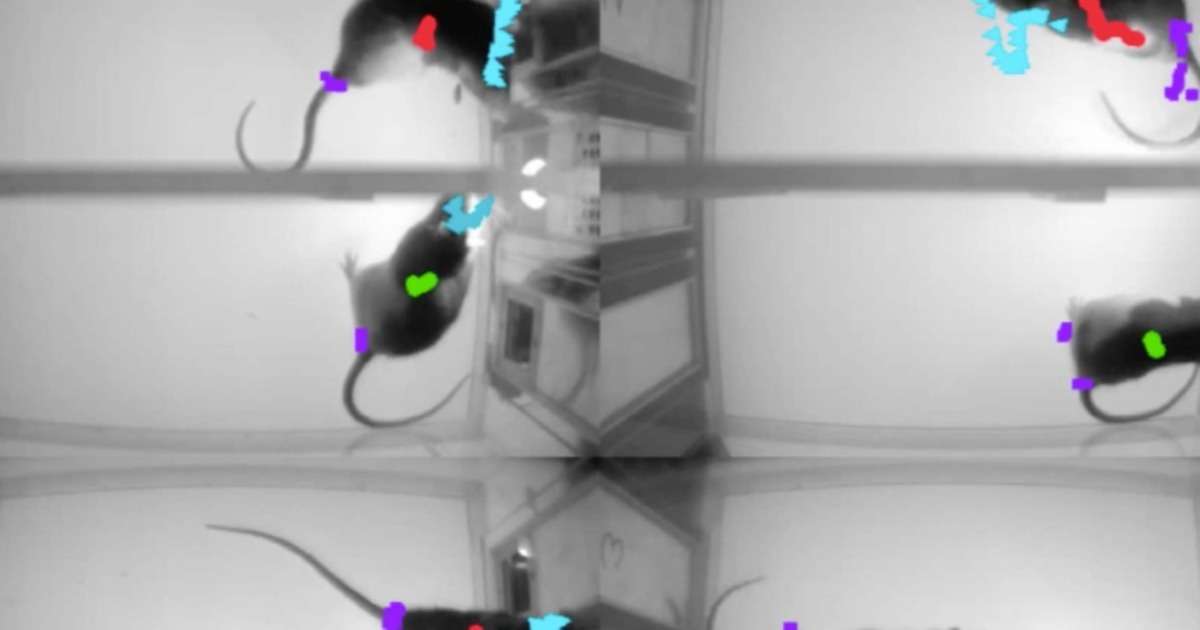
5 blogs on why you should use video tracking in behavioral research
In this blogpost you can find an overview of our top 5 favorite blogs on why you should use video tracking in your behavioral research.
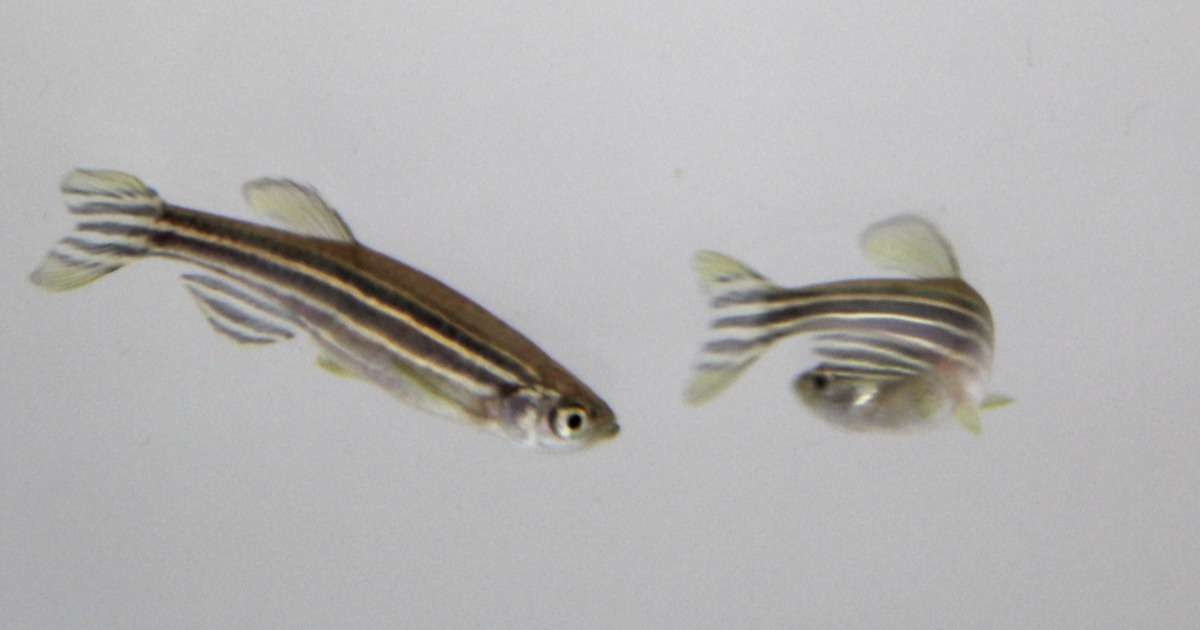
Zebrafish attracted to superfish: video tracking sex differences in shoaling
Are images enough to evoke a shoaling response in zebrafish? Do males and females respond differently to shoals or the opposite sex? A recent study finds out.
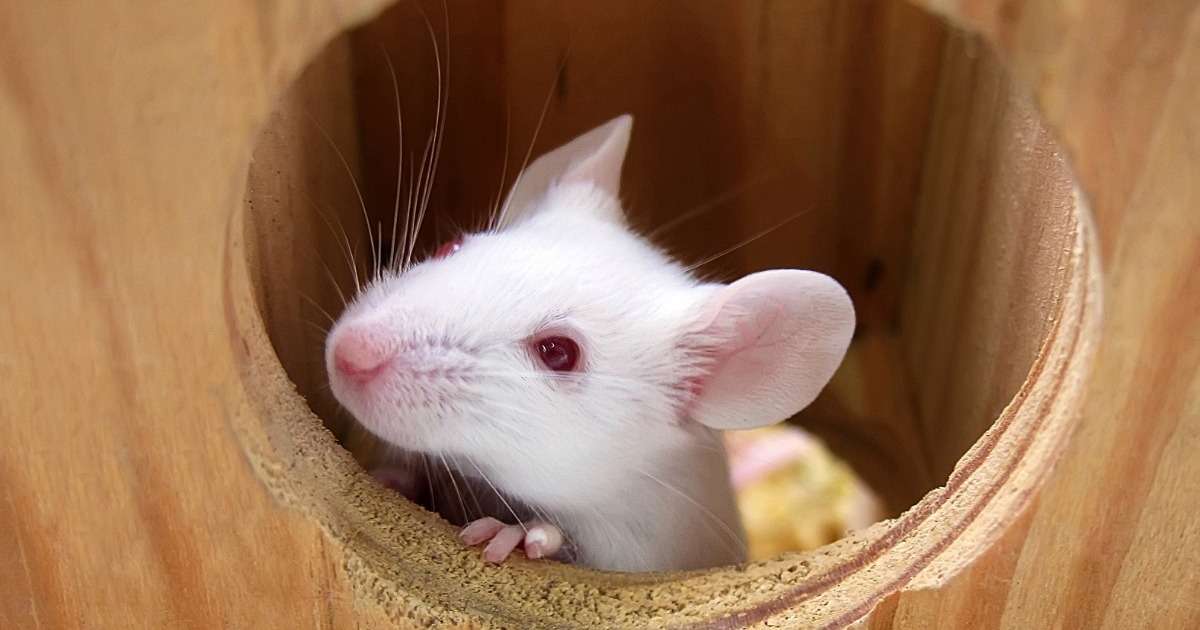
Environmental enrichment rescues autistic-like behaviors in mice
A recent mice study from The Scripps Research Institute shows that behavioral therapy might still be successful in later diagnosis of ASD with macrocephaly, laying groundwork for successful late interventions.
